Corrosion is a significant challenge in chemical plants, impacting equipment reliability, safety, and operational efficiency. Given the exposure to various corrosive environments, chemical plant equipment often faces several types of corrosion, including electrochemical, chemical, stress, and microbial corrosion. Understanding these corrosion mechanisms and implementing appropriate countermeasures can extend equipment life, reduce downtime, and enhance safety. Below is an in-depth discussion of common corrosion types in chemical industries and effective strategies to combat them.

1. Electrochemical Corrosion
Cause:
Electrochemical corrosion arises when a metal surface is exposed to a moist environment containing electrolytes. When metals with different electrode potentials come into contact in the presence of an electrolyte, an electrochemical cell forms, resulting in the gradual deterioration of the metal through electrochemical reactions. This type of corrosion is common in damp environments or where there is exposure to conductive fluids.
Countermeasures:
- Protective Coatings: Applying protective coatings, such as epoxy or polyurethane, forms a barrier between the metal and the corrosive environment. These coatings can be highly effective in preventing contact with electrolytes and limiting corrosion.
- Cathodic Protection: This method involves using a sacrificial anode (such as magnesium or zinc) or an external current to make the structure act as the cathode, which prevents corrosion. Commonly used in pipelines and tanks, cathodic protection is highly effective in slowing electrochemical reactions.
- Material Selection: Choosing materials with higher corrosion resistance, such as stainless steel or nickel-based alloys, can significantly reduce susceptibility to electrochemical corrosion. Material selection should consider the specific electrolytes present in the plant.
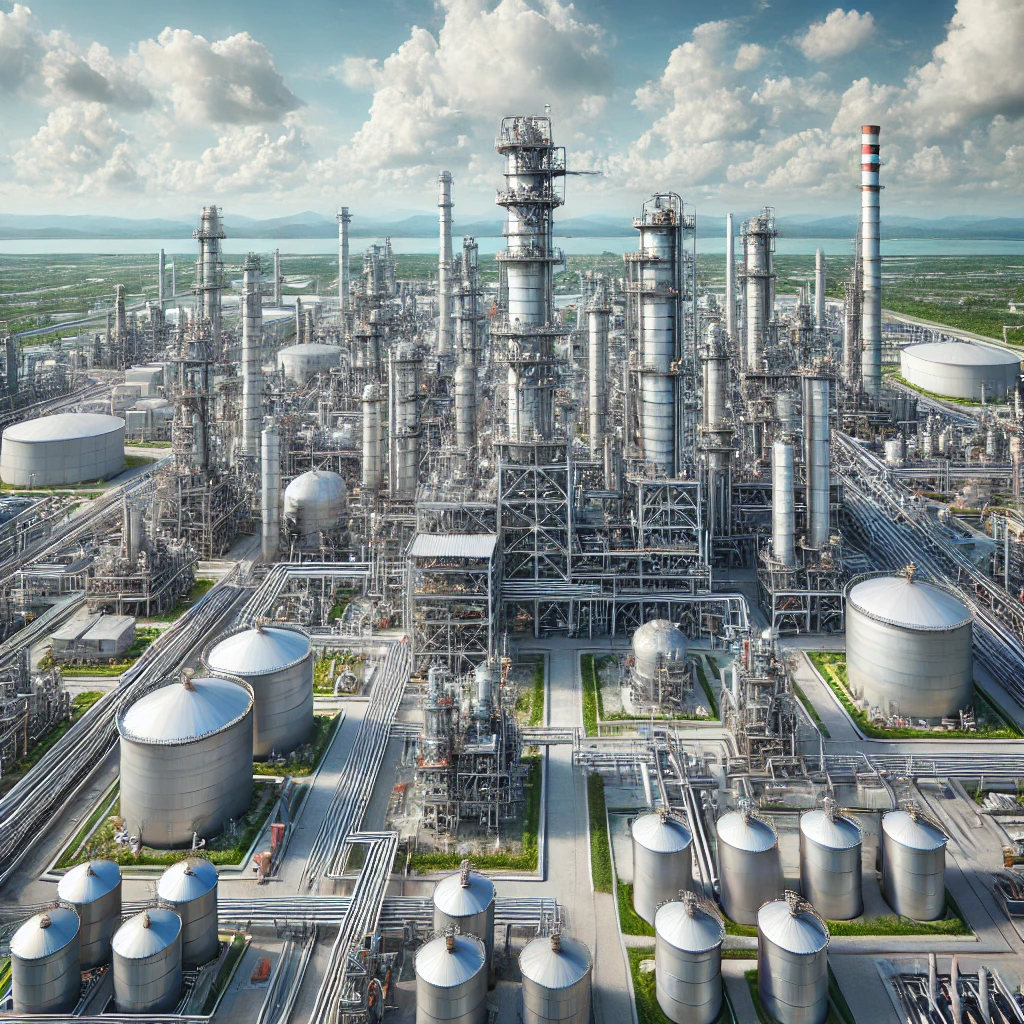
2. Chemical Corrosion
Cause:
Chemical corrosion occurs when materials react directly with aggressive chemical substances, such as acids, bases, and salts, without the need for an electrolyte or moisture. This type of corrosion is typical in chemical storage tanks, pipelines, and reactors exposed to strong corrosive chemicals. Unlike electrochemical corrosion, this corrosion type happens due to a direct chemical reaction with the metal.
Countermeasures:
- Lining Protection: Adding an inner lining of chemically resistant materials, such as rubber, fiberglass-reinforced plastic (FRP), or lead, can protect equipment from direct exposure to corrosive chemicals.
- Use of Corrosion-Resistant Alloys: Alloys such as titanium, Hastelloy, and Inconel are specifically designed to withstand chemical corrosion and can be used in particularly harsh environments where high chemical resistance is needed.
- Process Control: Regulating conditions such as temperature, pressure, and concentration of chemicals can help control corrosion rates. Lowering the temperature or adjusting pH levels, for example, may reduce the corrosive effects of the environment.
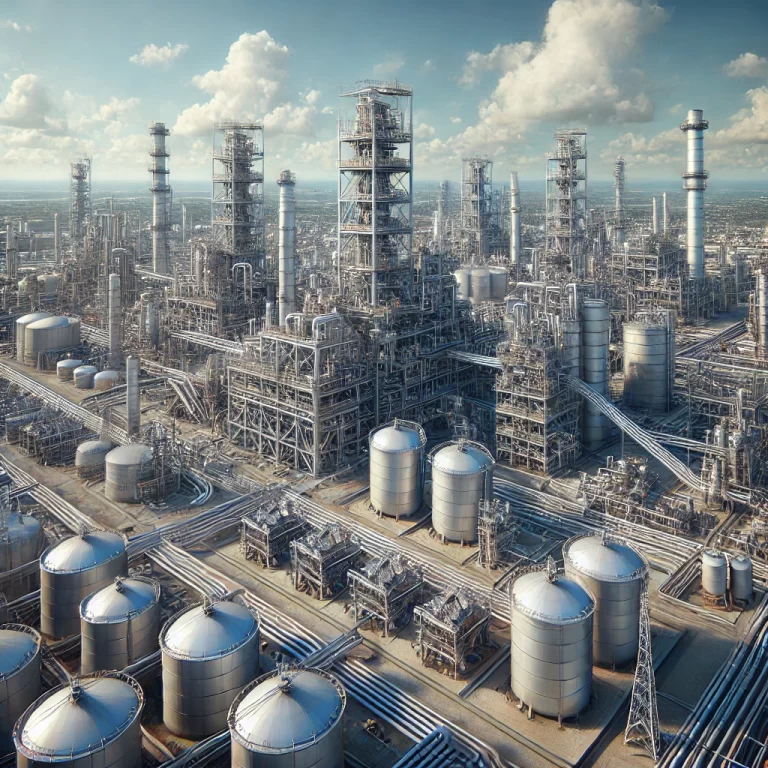
3. Stress Corrosion Cracking (SCC)
Cause:
Stress Corrosion Cracking (SCC) is a type of corrosion that occurs under the simultaneous influence of tensile stress and a corrosive environment, often in the presence of chlorides. SCC can lead to catastrophic failure of equipment, as it often progresses without noticeable signs until the material cracks or breaks. This type of corrosion is common in environments where stainless steel is exposed to chlorides, especially under high stress.
Countermeasures:
- Residual Stress Relief: Reducing residual stress in materials through heat treatment, such as annealing, can significantly reduce the likelihood of SCC. Stress-relieving treatments help minimize internal stresses in materials, making them less prone to cracking.
- Material Selection: Selecting materials with resistance to SCC, such as austenitic stainless steel or duplex stainless steel, can help prevent stress-induced cracks. In chloride environments, using high-alloy stainless steel or nickel-based alloys can also be beneficial.
- Cathodic Protection: Applying cathodic protection can help mitigate SCC in environments prone to chloride stress corrosion, as it can reduce the electrochemical reactions that lead to stress cracking.
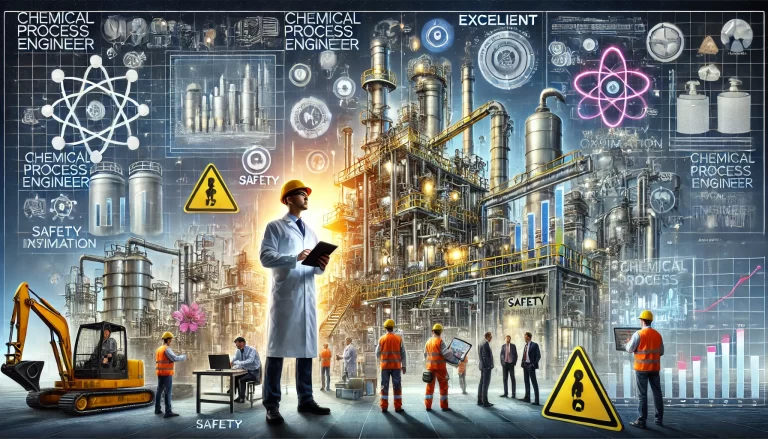
4. Microbial-Induced Corrosion (MIC)
Cause:
Microbial-induced corrosion, or biocorrosion, occurs when microbes—typically bacteria like sulfate-reducing bacteria (SRB)—grow on metal surfaces and form biofilms. The metabolic byproducts of these organisms, such as hydrogen sulfide, can be highly corrosive, leading to localized pitting and accelerated corrosion. MIC is commonly seen in water-based systems, storage tanks, and pipelines.
Countermeasures:
- Regular Cleaning and Maintenance: Removing biofilms through regular cleaning prevents microbial growth. Mechanical cleaning or using high-pressure water jets can effectively eliminate biofilms and reduce the likelihood of microbial corrosion.
- Biocides and Chemical Treatment: Introducing biocides like chlorine compounds or glutaraldehyde into water systems can inhibit microbial growth. Biocides are effective in controlling the presence of bacteria and preventing biofilm formation.
- Protective Coatings: Applying coatings with antimicrobial properties can prevent microbes from adhering to the metal surface. Epoxy or other chemical-resistant coatings can serve as a barrier to microbial attachment and growth.
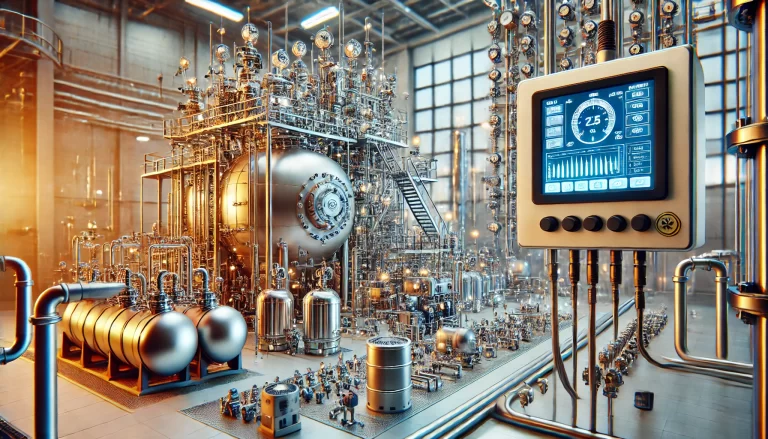
General Strategies for Corrosion Prevention in Chemical Plants
To comprehensively manage corrosion in chemical plants, a combination of preventive strategies is often employed:
Corrosion Monitoring: Regular inspection and monitoring using techniques such as ultrasonic testing, radiography, or corrosion coupons can provide early detection of corrosion and allow for timely intervention.
Environmental Control: Controlling the plant’s environment, such as reducing humidity or ensuring proper ventilation, can help minimize corrosion, especially for electrochemical processes.
Predictive Maintenance: Establishing a predictive maintenance program can help in assessing corrosion risks before failure. Predictive techniques like vibration analysis and thermography aid in detecting early warning signs of corrosion and degradation.
Education and Training: Ensuring personnel are knowledgeable about corrosion types, signs, and mitigation techniques allows for better identification and handling of corrosion issues, minimizing damage and extending equipment life.
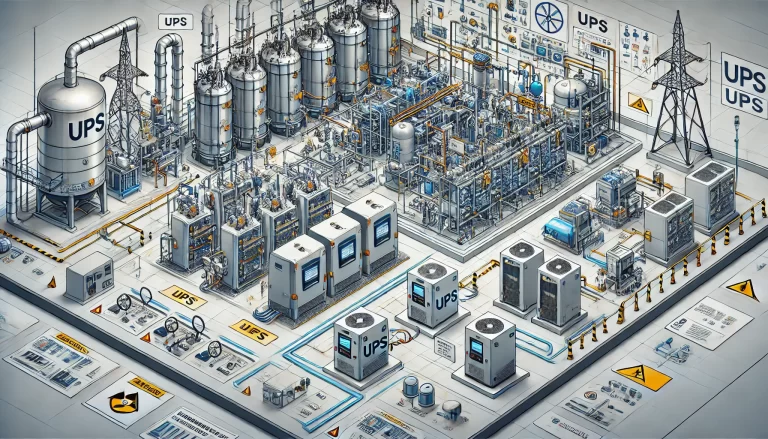
Conclusion
Corrosion is an inevitable challenge in chemical plants, but with a thorough understanding of corrosion mechanisms and tailored preventive strategies, it can be effectively managed. By utilizing a combination of protective coatings, corrosion-resistant materials, and monitoring techniques, chemical plants can minimize corrosion-related issues, ensuring safer and more efficient operations. A strategic, proactive approach to corrosion management is essential in protecting assets, reducing maintenance costs, and extending the life of equipment in these highly corrosive environments.
